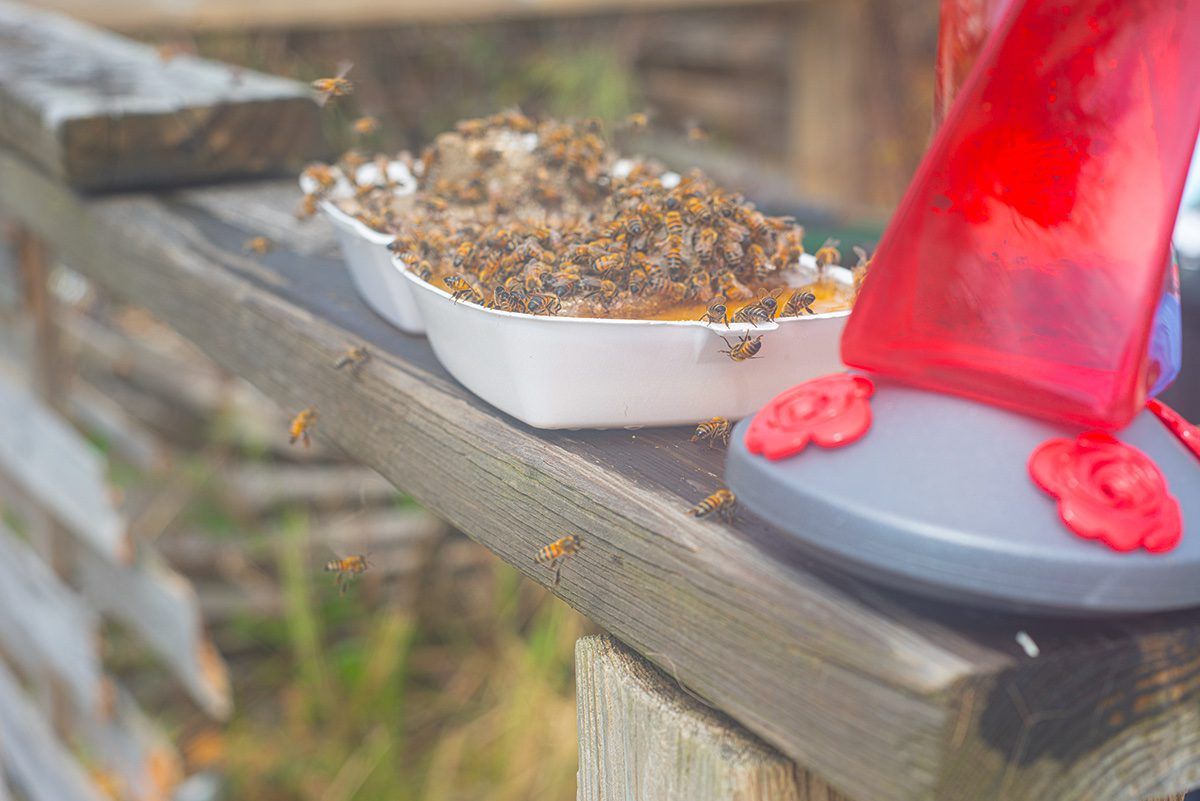Seeing more bees than usual? Ian might be to blame, but here’s how to help them

Homeless bees are trying to take over the food truck at Whidden’s Marina. Cindy and George Cera and their son Tucker are doing their best to feed the confused bees and direct them away from their cooking area and customers.
Tucker has learned not to leave an open soda can unattended. Bees will drink it down in no time. They are not good at sharing, either. The Ceras have bought white sugar and add it to standing water to give the bees the food they love, while leaving the humans alone.
Kirsten Romaguera, a public relations specialist at the University of Florida/Institute of Food and Agricultural Sciences (UF/IFAS) gave us this information for anyone seeing large numbers of bees. You can contact her at kromaguera@ufl.edu.
Many of the bee colonies that were hit by the storm and survived could be weakened by days of no forage availability. High winds and rain can cause flowers to be blown off the plants, if the plants are not destroyed completely. Not only do these bees suffer from a lack of forage availability, they may face pests and diseases that will try to cause more damage overall.
To help bees survive, the first step to assessing apiaries is to open hive lids to check for damage and move colonies to dry ground if possible. If beekeepers can access their apiaries, they can feed their bees a sugar syrup to make up for the lost forage.
During Hurricane Michael recovery, beekeepers in the Florida Panhandle used open feeding, which means they put sugar water or syrup out in the open for any bee – not just the honey bees, but wild bees, as well – to collect it.









